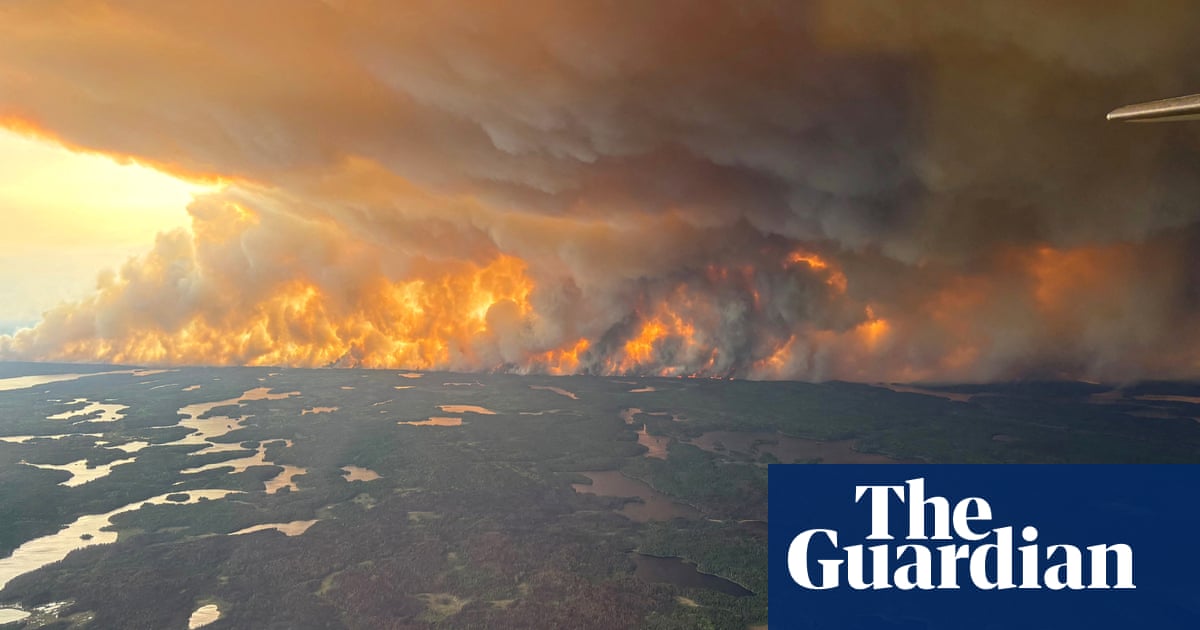Smoke fromwildfires in Canadais spreading across multiple states in the US including the eastern seaboard, prompting multiple states to issue air-quality alerts.
The poor air quality stretching across the US came as a result of dozens of wildfiresburning across Canadaas the country’s annualwildfireseason roars into destructive action.
The fires, which have been sparked by bothhumans and natural causes, have prompted at least 25,000 residents in three Canadian provinces to evacuate in recent days.
On Wednesday afternoon, a map from the US Environmental Protection Agency’sAirNow forecastshowed large swaths of moderate to unhealthy air quality across the east, midwest and southern parts of the US, featuring smoke and dust.
Also on Wednesday, the New York state department of environmental conservationissuedan air-quality advisory from 11am to 11pm for multiple counties including parts of New York City.
New York officials recommended that individuals consider limiting strenuous outdoor physical activity to reduce the risk of adverse health effects. Officials also said that people who may be especially sensitive to the effects of elevated levels of pollutants include the very young and those with pre-existing respiratory issues.
Similarly, New Jersey’s department of environmental protectionissueda code orange air-quality alert for the multiple parts of the state on Wednesday. A code orange air-quality alert means that air pollution concentrations within the region may become unhealthy for sensitive groups including children, elderly people, and people with asthma, heart and lung diseases.
Meanwhile, the Iowa department of natural resourcesissueda statewide air-quality alert on Tuesday that is set to last until Thursday. The department warned that intermittent thick smoke can be expected over the state.
In New Hampshire, officialsdeclaredan air-quality action day on Tuesday, and in Maine, the state’s department of environmental protectionissuedan air-quality alert from 11am Wednesday to 11pm Thursday.
It said people can be active outdoors but symptoms such as shortness of breath, coughing, throat irritation or an uncomfortable sensation in the chest should prompt them to limit their outdoor activities.
